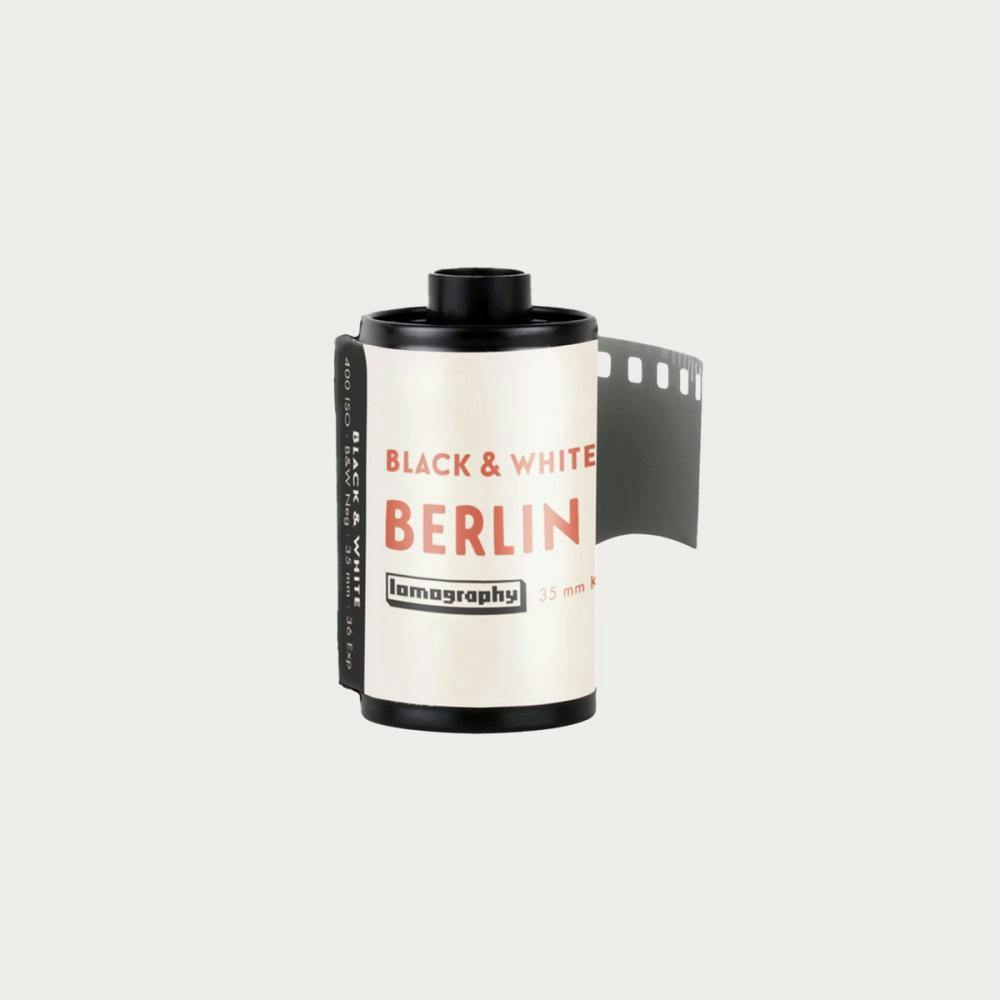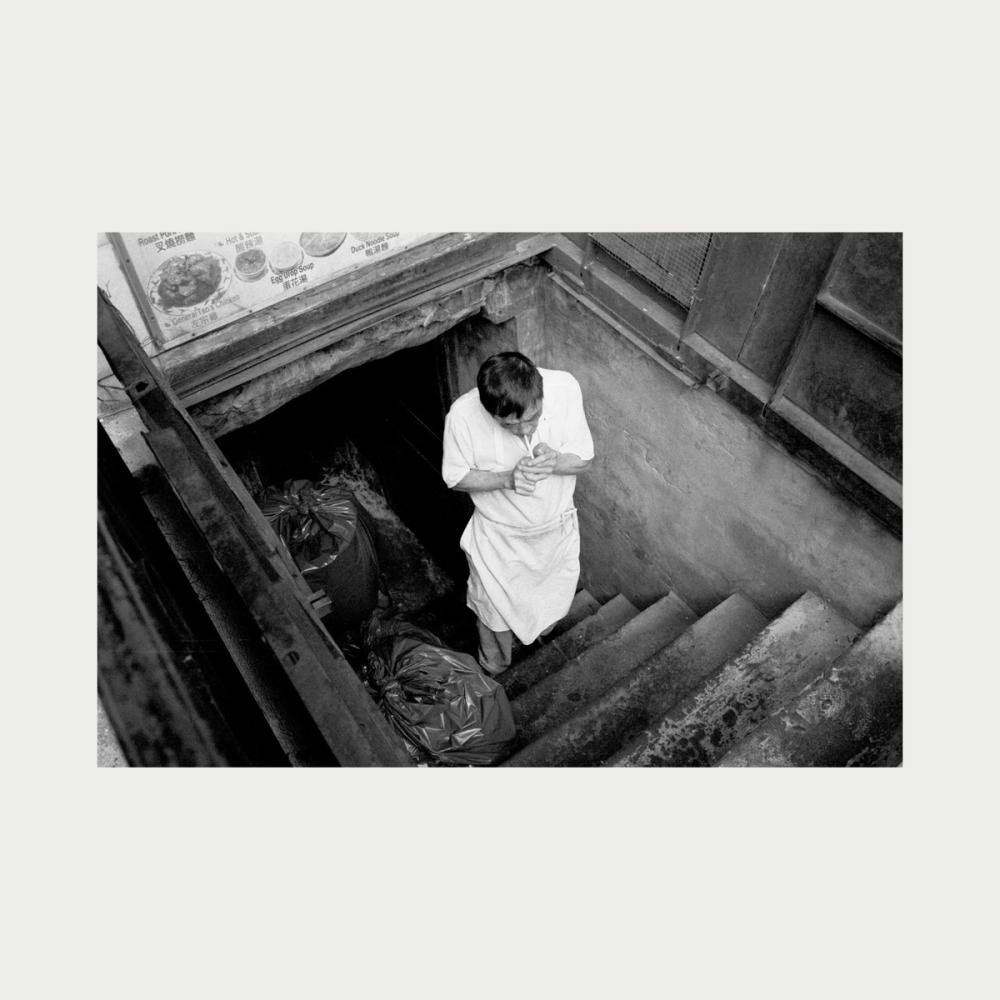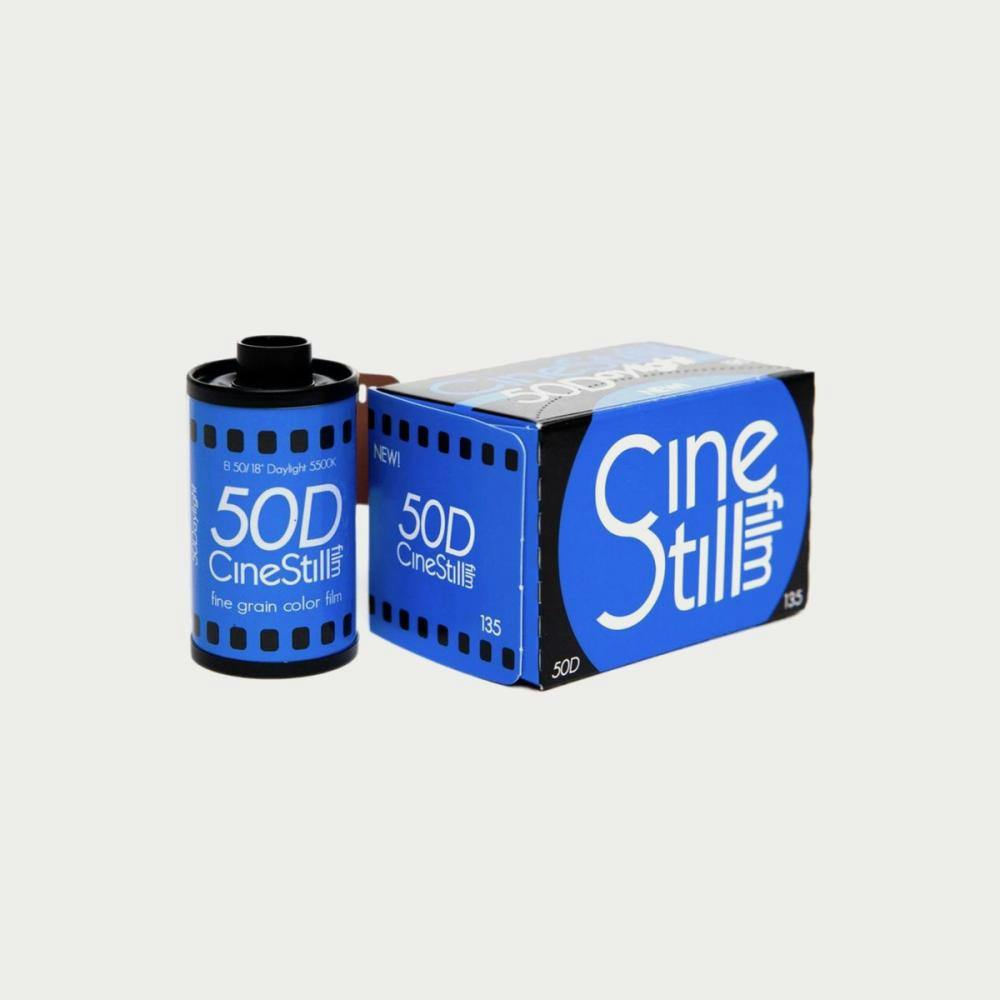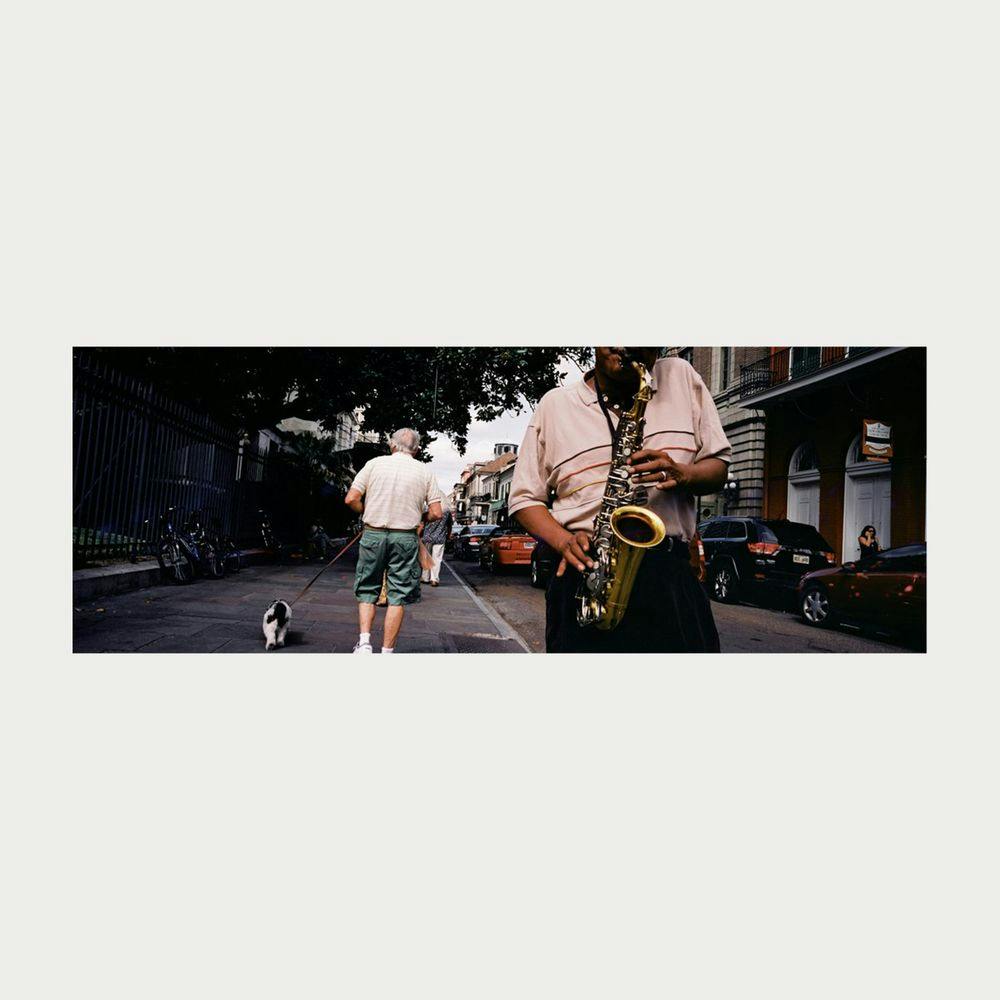After three years of struggling to find a 35mm film camera that could stand the test of time, I finally caved and made the Leica plunge. But why did I settle on the manual Leica M3 of all the options?
The Leica M3 is a complete sneaker of a film camera choice, at least when writing this. But every day, this camera is an absolute joy to shoot with; I have been consistently impressed by its level of performance, and it gets a ton of looks from everyone 50+ on hikes.
Alright, enough gawking; let me tell you why I love it so much that I wrote an article about it. Below are some honest thoughts, a nod to a notable disadvantage, and a gallery of my favorite images taken on it.

























